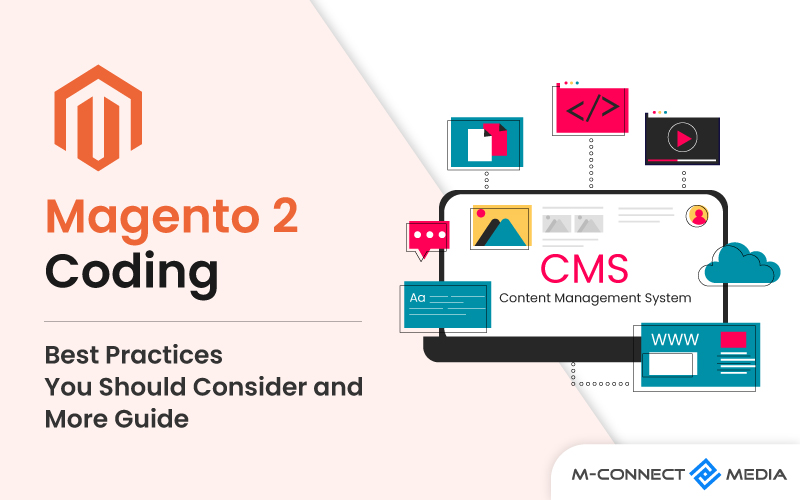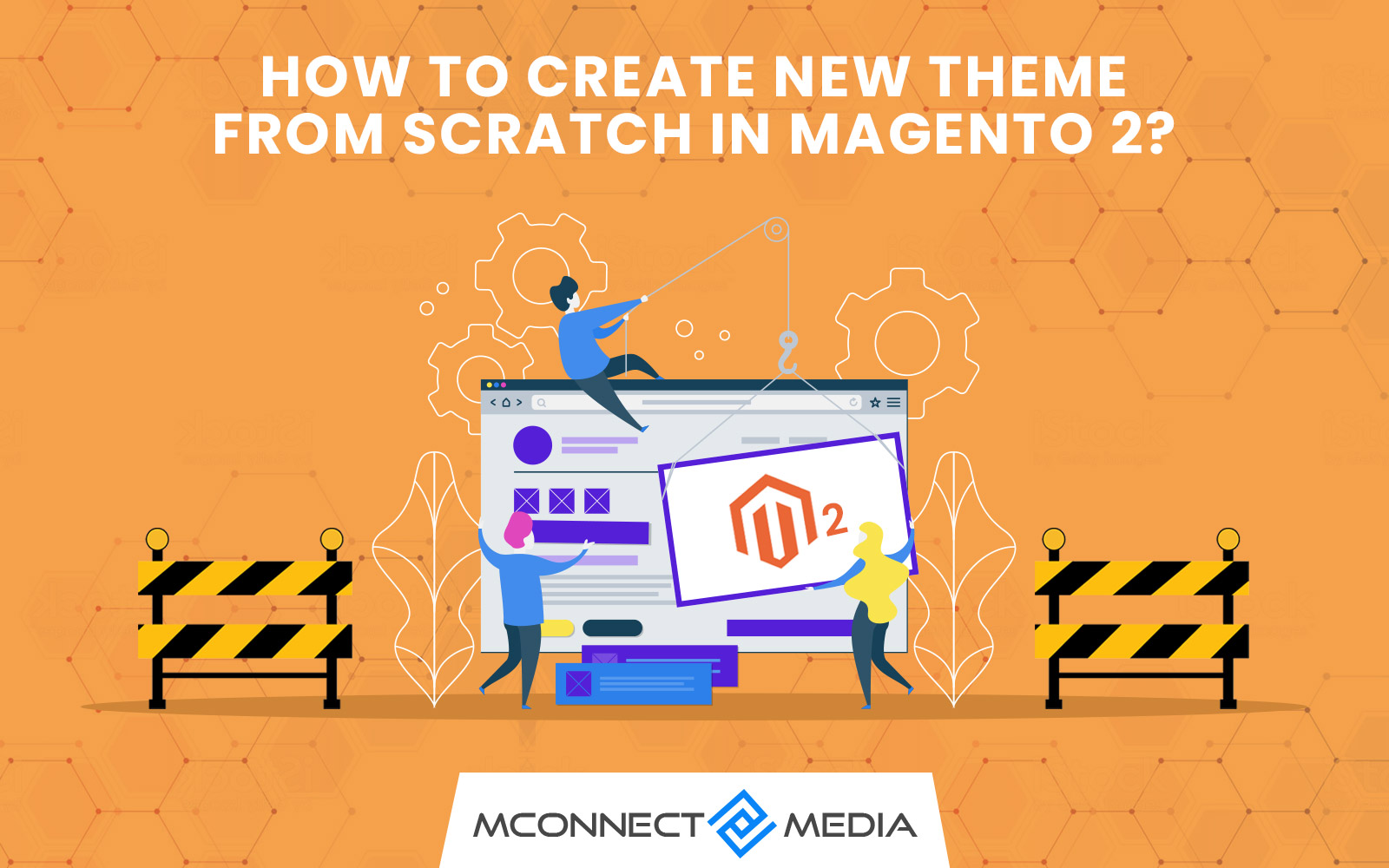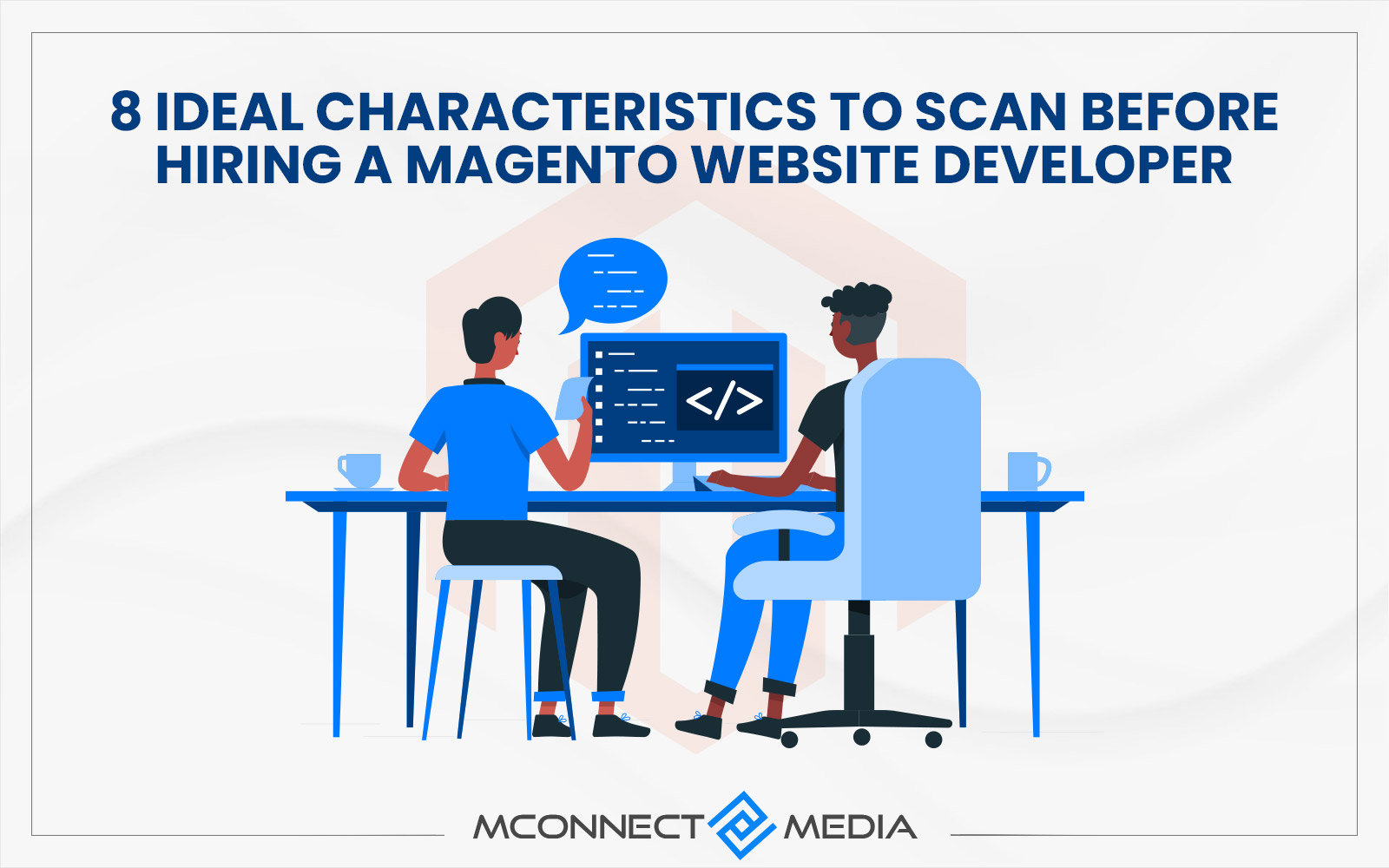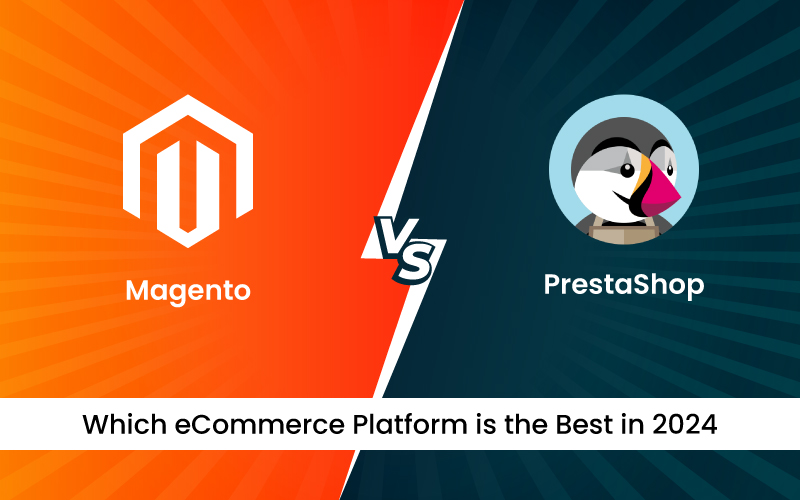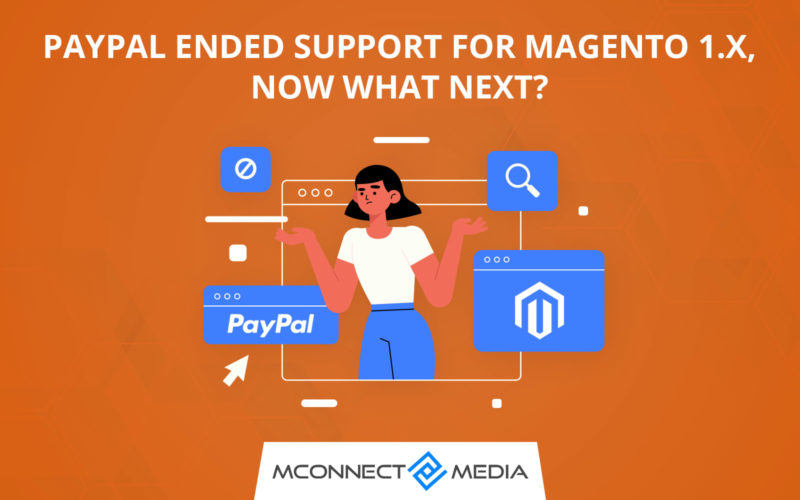Quick Summary
Magento 2 is a popular e-commerce platform known for its flexibility and scalability. It accommodates various stores, payment methods, and shipping options, enhanced by third-party extensions. However, adhering to coding standards is crucial for maintaining code quality and performance. Thankfully, tools like Magento Coding Standard ensure compliance with PHP standards, aiding developers in creating cleaner and more efficient code.
Needs of Best Practises in Magento 2 Coding for Development
The enhancements propelled Magento 2 to the forefront of eCommerce, they also increased the requirement for significant technical expertise. These abilities require to unlock the real potential of Magento 2 for any business.
Magento 2 development advice offered in the following parts is backed by years of Magento website development experience. These principles will open new doors of optimization for both novice and seasoned Magento developers.
As a result, we have created a list of best practices for Magento 2 coding for development to assist businesses in realizing the full potential of their online retail business with Magento 2.
Also Read: Magento 2 Advanced ChatGPT AI Content Generator Extension
Best Practices in Magento 2 Coding for Development
The list of best practices in Magento coding for website development that follows tackles regularly identify concerns which are as follows:
1. Follow Magento Coding Standards
Magento Coding Standard is almost every company’s official coding standard. It works in tandem with standardized tools, such as PHP CodeSniffer, to apply not standard PHP counsel such as PSR compliance, fundamental security rules, and syntax checks.
Most developers are constantly pressed for time, prompting them to violate coding standards. If you do not adhere to the coding standards, Magento code will prone to problems and complicated updates. A lack of quality also has an impact on the performance of the code.
Magento Coding Standard is also utilized for automatic Magento Marketplace module assessments and compatibility with Magento instances running on the Magento Cloud. Following coding guidelines will increase both the quality and compatibility of your code with the Magento ecosystem.
2. Patterns and Principles of Design
A number of crucial processes are connected to the Design of an eCommerce store. This practice is applicable to all coding projects and languages, not only Magento. There are design patterns and concepts to follow that are generally regarded ways of best practices for coding.
There are a number of design patterns and principles to follow that are widely recognized as effective coding practices. You may use resources from the top source-making websites in this procedure.
There are several established sample design patterns and examples of source patterns. Some resources offer tried-and-true ways of excellent coding ideas that may apply to virtually any coding project.
Also Read: 6 Effective Ways To Improve Magento Store Page Load Time
3. Write Reusable Code
The basic guideline is to Reuse Code as often as possible. Avoid using redundant or duplicate code since it might be difficult to maintain. Create a single class or function and reference it as needed, rather than copying and pasting the same code across your extension.
To avoid code duplication, try to reuse code as much as feasible. Your code should be concise, focused, and give a general solution. This will allow you to reuse code in future projects.
Small, focused code with a general solution should write. As a consequence, you’ll be able to reuse code in future projects.
4. Design Replaceable Code
It is critical to select codes that are likely reused if you wish to appear efficient. You can easily Design Replaceable code as a company since it allows you to reuse things.
By writing replaceable code, you may make it modular and loosely coupled, allowing you to make development and tweaks. Reusable codes are a modern practice that allows you to work faster and deliver outcomes on time.
It should be a regular practice to upgrade your Magento codebase with newer and better code components as new issues uncover or new techniques become available.
5. Observer Override
Observers dynamically added to the execution flow and have the ability to affect the behavior of a Magento website. Observers that poorly designed and developed can cause issues, instability, and even application failure.
The performance of the observer can increase eliminating complex computations in its code. Efficiency will be crucial, especially when the observer is listening to a dispatched event on a frequent basis.
If Using complex computations, the observer will slow down, causing the web application to slow down. Another mistake is to include unnecessary logic in the observer code. The classes of the observer should contain business logic.
6. Helper Classes Have No Impact
Helper classes play an important role in easing the development process while designing web apps. The phrase “helper class” or “utility class” refers to classes that have static methods that have no other home.
Because it attempts to manage several functions in a single class, a helper class breaches the single principle by acting as a catch-all for random methods.
A helper class’s static methods may normally refactor into a function for another class. This is an excellent technique since it produces object-oriented code.
7. Important to Clear the Cache
Caching is the most important practice in Magento development. Caching is regarded as the most difficult issue that impedes the coding process. When the display codes are obtained from the cache, it becomes untrustworthy.
So, from a Magento 2 development standpoint, clearing the cache and delivering legitimate results is critical. If you don’t clear the cache, the code won’t work and the site developer will perplexed.
Magento 2 includes so many components, such as modules, classes, themes, and language packages, it’s obvious that the cache has to be cleaned.
Also Read: The Definitive Guide on Magento Functional Testing Framework (MFTF)
Important Points To Consider for Developers in Magento Coding
1. Clear Code Written by Reducing Redundancy
The developers repeatedly write the same code for the same functionality. In actuality, this promotes code redundancy, and the code size gradually grows as a result of the use of numerous redundant codes.
This is very helpful for maintaining the code because you don’t have to change the code at all the places where you have used you need to modify a function or class, which also falls under the coding standards of writing clean code.
Developers write code particular to the functionality, but a clever developer can understand that the code can refactor and put into a function or a class and used wherever needed.
2. Caching a Critical Feature
Caching is an important feature provided by Magento. It speeds up the site by loading material from the cache, and in certain cases, it can cache the entire page. However, it has certain drawbacks. F
Many times, a developer may modify the code and then go to the browser to verify if it works, but if he forgets to clear the cache, he may not see any difference despite making changes to the code.
A developer should always clear the cache during theme development to observe the changes. In certain cases, even after emptying the cache, the material does not update; at this point, you should flush the cache.
3. Working with Layout
When developers work on the layout, it is excellent practice to extend the layout with alterations based on the needs. Instead of duplicating the layout and making major modifications to a file.
If developers need additional layout customization, expanding the layout is not a suitable solution. Overriding that layout is a solid choice in such a case.
4. Assistive Technology Classes
Helper classes contain class-specific and static methods that cannot be utilized in other classes. The assistance class may have numerous functions for different issues, which is not the best strategy for object-oriented design. The code should be constructed in such a way that it has methods that are appropriate for that class.
Also Read: How to Audit Your Magento 2 Store? Magento Code Audit Checklist
5. Collaborate with Observer
Observer maintains the ability to alter the Magento application; but, because they are injected dynamically into the execution flow of the Magento code, difficulties such as code instability might occur if the observer overriding is not done appropriately.
The following procedure may perform to keep your observer working well in the Magento application:
- Complicated computations should avoid in the code since they slow down the observer, resulting in a sluggish application.
- The observer’s logic should be beneficial, and needless logic should be avoided.
- The placement of the observer is vital in establishing its efficiency if an observer requires for the front, it should specify in the /etc/frontend/events.xml file rather than the general /etc/events.xml file.
MAGENTO 2 DEVELOPMENT SERVICES
Since 2009, M-connect Media has provided Magento 2 development services. In the developing e-commerce era, we recognize as a reliable Magento development firm in the United States and India. You’ve come to the correct site if you’re seeking the greatest business for your e-commerce store!
At M-connect Media, We are an award-winning Magento development firm with a team of professional back-end and front-end developers with 12+ years of expertise. We helped businesses in various sectors improve their online presence by utilizing the Magento platform.
Also Read: Magento Developer Gets Rid of Code Quality Issue for the Extension
Conclusion
Following the Magento coding best practices is great if you wish to lead your business and take a tremendous lead. Maintaining a properly standardized code and sticking to best practices can strengthen your Magento code.
Every best practice will get you and your company one step closer to where you need to be. It will go on an entirely new route with improved business outcomes.
You would not need to rely on helper classes; simply follow some basic actions and you would be well on your way to achieving the required business results.
We hope the blog above has helped you grasp Magento 2 Coding Standards. If you have any issues with the above code implementation, please email us or leave a comment.
ABOUT US
Mconnect Media provides comprehensive Magento web services ranging from bespoke eCommerce website design to the creation of complex business web apps. We build our proposal on a suite of calculable solutions based on the client’s business requirements and translate their vision into an eCommerce shop.


